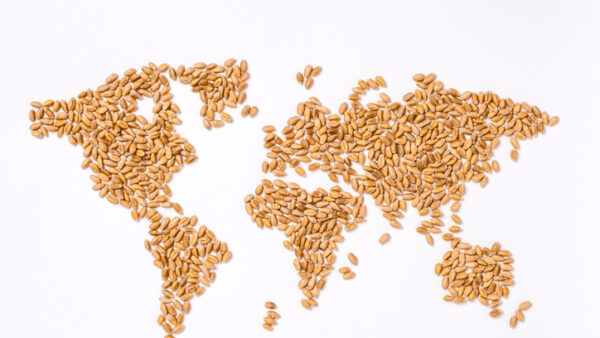With North American commodity markets as unpredictable as the weather and an increase in the use of technology impacting the business landscape, retailers and seed companies are having to keep up with changing trends in order to survive—and reaching out to growers in innovative ways.
John Latham is continuing a 65-year family tradition selling seed—a business his grandfather began in 1947 when he saw a need for an independent seed company in Alexander, Iowa. Today, Latham Hi-Tech Seeds has grown to accommodate 250 dealers and 45 staff members in several states. But it’s no accident that Latham continues to grow. In today’s environment of rapidly fluctuating markets, it takes shrewd planning to forecast seed demand, and Latham takes this seriously in his business.
“We’ve been able to change over the years to stay focused on our customers and what they need,” says Latham. The biggest change in his company’s territory in recent years, he says, is the dramatic increase in the amount of corn being grown. “We’re really kind of known for soybeans,” he says. “But with all the corn being grown we saw that was a business we should be a part of. In 2004 we got into the corn business, and we’ve been able to grow that business every year since.”
This kind of adaptability and long-term planning, stemming from a customer-centered approach to doing business, is increasingly key for both independent and commercial seed sellers when it comes to forecasting yearly customer demand.
Long-Term Planning
“For most of us in the seed world, especially when it comes to new varieties, you have to plan three years out,” says Michael Mazzocco, director of Verdant AgriBusiness Consultants. “For the larger families of companies like Monsanto and DuPont, they will have optimization models for how much of each variety to be growing at what stage, based on how much they want to have available in the market. It’s a multi-year planning horizon.
“The smaller companies have less territory that they’re trying to cover, so they’re generally trying to grow whatever they can for the next year,” he adds.
However, even smaller companies, if demand peaks for new varieties, need to factor in the extra time required to produce and have large quantities of those varieties in stock. Despite all the planning, forecasting future seed demand is always “a best-guess scenario.” Some parts of the process are entirely out of the seed retailer’s hands, no matter how carefully they select and stock varieties based on trends they observe and customer orders. “It is difficult to forecast what the right products are going to be,” says Latham. “You’ve got to bring out your crystal ball and figure out what the trends will be in the years ahead. That’s the biggest challenge in the seed business.”
Keeping in Touch
That “crystal ball,” to many seed retailers, is comprised of many things, including market reports and federal data—and increasingly, communications technology. Latham’s sales representatives carry iPads, send out client surveys and use agencies to call growers “and get a read on what they’re seeding.” Others send out mass emails or texts.
No matter what kind of technology or method of communication is used, according to Bradley Pinkerton, Manitoba marketing representative for SeCan, the bottom line is that seed retailers must stay on top of what their customers want. He says that part of the difficulty in planning for the future is due to farmers leaving seed orders until as late as possible. “Our retailers are hearing from their customers later and later each year. That makes it challenging because you can’t clean a whole bunch of seed in 30 days. So our retailers rely on market signals—orders, sales, discussions—to make the decision about how much seed to clean.”
The onus, Pinkerton says, is on the seed retailer to ensure the lines of communication with customers stay open. “The biggest challenge with late orders comes to seed retailers who are order takers rather than order makers. An order maker is someone who gets on the phone and calls all the customers, while an order taker is someone who waits for the customer to call them,” he explains.
Ultimately, if a seed retailer offers the best possible product and service to growers, the odds are they’ll have happy customers who order seed and follow through on the purchase—but communication is key here too. “That’s the type of relationship we’re looking for with our customers—a relationship where they tell us what they’re seeing and what they’re looking for, so we can stay ahead of the trend,” says Latham. “Those relationships are really the key for us in choosing products.”
Julienne Isaacs











